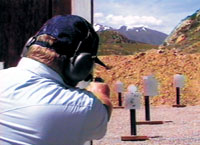*Note: This is the last segment of our three-part series entitled “Shooting Steel Targets.” Part One was published in September and Part Two was published in early October in the Action Target Journal.
Many people are hesitant to shoot on steel targets because of bad experiences they have heard of, been the victim of, or witnessed. Over the years, Action Target has been approached time and again by those who have access to steel, welding equipment, and the ability to shoot on their property. Each and every time we hear similar scenarios: “I cut up this piece of steel [usually 1″ thick or greater] to use as a target. It should stop the bullets, but they either go right through it or cause unsafe ricochet and splatter.”
That would make anyone a little skeptical to shoot on steel, wouldn’t it?
So, as we publish the concluding segment of information dedicated to shooting portable steel targets, it is vital to include some facts about steel. We have included some information about what steel actually is, the hardness and quality associated with different ratings of steel, and some truths about steel that affect safety.
With more and more companies and individuals manufacturing steel targets, the water has become increasingly muddy where accurate information is concerned. With technical data provided by the American Iron and Steel Institute in Washington D.C., this report is designed to cut through the recent hype and establish a basis of fact for accurate evaluation and comparison.
What is Steel?
Steel is an alloy metal composed of iron and varying amounts of carbon and/or other elements such as chromium, nickel, tungsten, manganese, and so on. Steel with specific properties and characteristics is created by adjusting the overall chemical composition or by altering the various production processes such as rolling, finishing, and heat treatment. Because each of these factors can be modified, there is potentially no limit to the number of different steel recipes that can be created. Currently, there are over 3,000 cataloged grades or chemical compositions of steel available. Steel can utilize a wide variety of alloying elements and heat treatments to develop the most desirable combination of properties.
Steel Hardness and Quality
For steel targets to be functional and safe, they should be made of high-quality through hardened steel that has a minimum Brinell hardness number (BHN) of at least 500. The steel must also provide sufficient strength, toughness, and impact resistance. The Brinell hardness test depends upon the resistance offered to the penetration of a carbide steel ball (1.6 mm diameter) when subjected to a weight of 12.6 kg. The resulting hardness value is computed as the ratio of the applied load to the area of the indentation produced. This test is accepted as a worldwide standard for measuring the hardness of steel.
Truth: There are Two Factors that Affect the Hardness of Steel
The first is the amount of carbon and other alloying elements in its chemical composition, and the second is the manner in which the heating and cooling of the steel is manipulated. These factors are determined at the most fundamental level and affect the finished steel as a whole.
Truth: Steel Hardness Is a Critical Safety Issue
The hardness of the steel is so critical because only a smooth surface will generate predictable splatter patterns. Steel that is not sufficiently hard can develop pits, craters, dimples, and other hazardous deformations. When a bullet hits one of these deformations, it is impossible to predict where the splatter will go, thereby creating an unacceptable training environment.
There are many steel mills located around the world, but only a select few are able to produce steel that is hard enough and of sufficient quality to be safely used for steel targets. HARDOX / SSAB, Bethlehem-Lucas, Oregon Steel Mills, and NKK are major producers of such steel. Each of these companies may have minor proprietary differences in their production methods, but they all must make sheets of hard steel in essentially the same way.
Nevertheless, some suppliers of targets and shooting range equipment attempt to muddy the water and create perceived differences in steel quality where none exist. One particularly misleading claim refers to AR steel as “surface hardened” only. We state the following with all possible force:
Despite the inaccurate claims, AR steel is NOT surface hardened. It is through hardened. Witness the quotes listed below from steel suppliers around the country.
- Heflin Steel: “Heflin REM 500 abrasion resistant plate is a premium grade wear plate, ideal for extreme abrasion coupled with resistance to impact. REM 500 plate is through hardened up to a 3″ thickness for maximum hardness and abrasion resistance.” (Source: https://www.escocorp.com/heflin_steel/wear/materials.html)
Note: These companies are steel suppliers, not manufacturers or producers. They buy steel from the actual manufacturers like HARDOX / SSAB, and then re-sell it to their own customers.
Action Target uses only high-quality, through hardened steel with a Brinell hardness rating of at least 500, and we use it in every one of our ballistic steel products.
Be careful not to get caught up in the “more is better” mindset. Just because a Brinell hardness number (BHN) of 500 or 550 is good, it does not mean a rating of 700 is better. While you must use steel that is hard enough for the task, going overboard only impacts your checkbook and not the product.
For more information on portable steel targets, Action Target has created one of the most comprehensive documents on the subject. The Action Target Steel Resource Guide (PDF) provides details on the properties of steel, how they relate to steel targets, and why they are important and so much more.
If you are looking for information about a specific target, visit our Portable Targets page of our website.

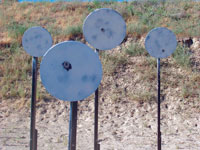







 As one of the largest events among the firearms industry, all major firearms manufacturers will be in attendance. This convention provides attendees with more than 340,000 square feet of guns, gear, outfitting, and even ATV’s. The expected attendance is set at more than 70,000 with more than 40 opportunities for attendees to meet celebrities at different booths during the event.
As one of the largest events among the firearms industry, all major firearms manufacturers will be in attendance. This convention provides attendees with more than 340,000 square feet of guns, gear, outfitting, and even ATV’s. The expected attendance is set at more than 70,000 with more than 40 opportunities for attendees to meet celebrities at different booths during the event. The specific purpose of the Portable Target Course Book is to “ensure trainees a program that is designed to develop trainings that are safe, test fundamental skills, increase and enhance movement, improve the target selection thought processes, and enhance overall tactical awareness.” Action Target’s Portable Targets have become an industry standard and leader and the course book allows for a better overall training experience.
The specific purpose of the Portable Target Course Book is to “ensure trainees a program that is designed to develop trainings that are safe, test fundamental skills, increase and enhance movement, improve the target selection thought processes, and enhance overall tactical awareness.” Action Target’s Portable Targets have become an industry standard and leader and the course book allows for a better overall training experience.
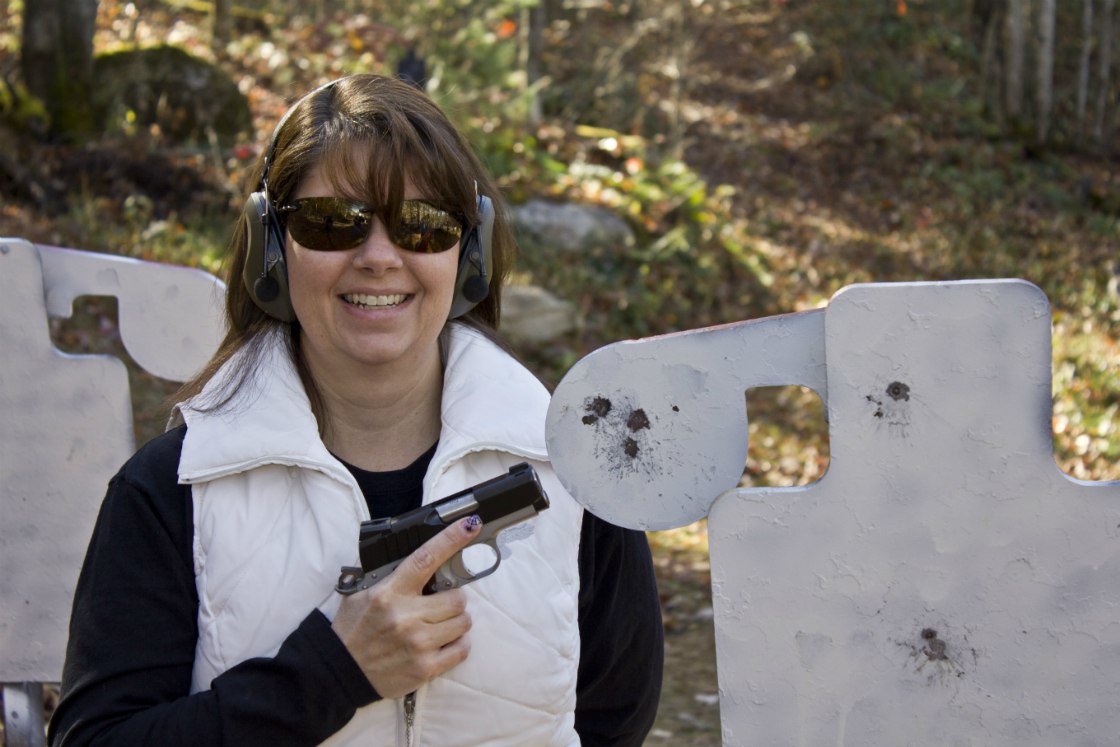

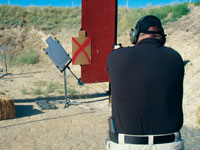 As part of the solution, we will follow a more flexible schedule in the types of courses Action Target Academy will offer to law enforcement. We have also designed new courses that demonstrate effective, yet budget friendly firearms trainings. For example, we will dramatically increase the number of our Portable Steel Target Seminars, which are held at outdoor ranges and taught by some of the best firearm instructors in the country. Some of these expert instructors include
As part of the solution, we will follow a more flexible schedule in the types of courses Action Target Academy will offer to law enforcement. We have also designed new courses that demonstrate effective, yet budget friendly firearms trainings. For example, we will dramatically increase the number of our Portable Steel Target Seminars, which are held at outdoor ranges and taught by some of the best firearm instructors in the country. Some of these expert instructors include 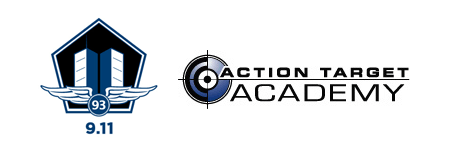
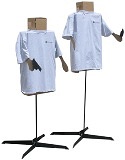 bounce, spin, rock, wobble, explode, fall, or give some other visual indicator when hit. High contrast paint on a shooting surface will increase visual feedback, but paint must be reapplied frequently. Paint can also be used to reduce visibility if desired.
bounce, spin, rock, wobble, explode, fall, or give some other visual indicator when hit. High contrast paint on a shooting surface will increase visual feedback, but paint must be reapplied frequently. Paint can also be used to reduce visibility if desired.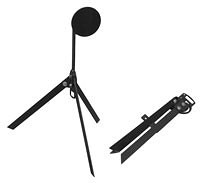 In addition to providing effective visible and audible indicators when hit, steel targets greatly enhance the steel efficiency of your training as well. Instead of changing out paper or cardboard targets, you can spend more time actually shooting. The 30 or so minutes you save each day really add up over the course of a year, especially if you are working with a large department.
In addition to providing effective visible and audible indicators when hit, steel targets greatly enhance the steel efficiency of your training as well. Instead of changing out paper or cardboard targets, you can spend more time actually shooting. The 30 or so minutes you save each day really add up over the course of a year, especially if you are working with a large department.
